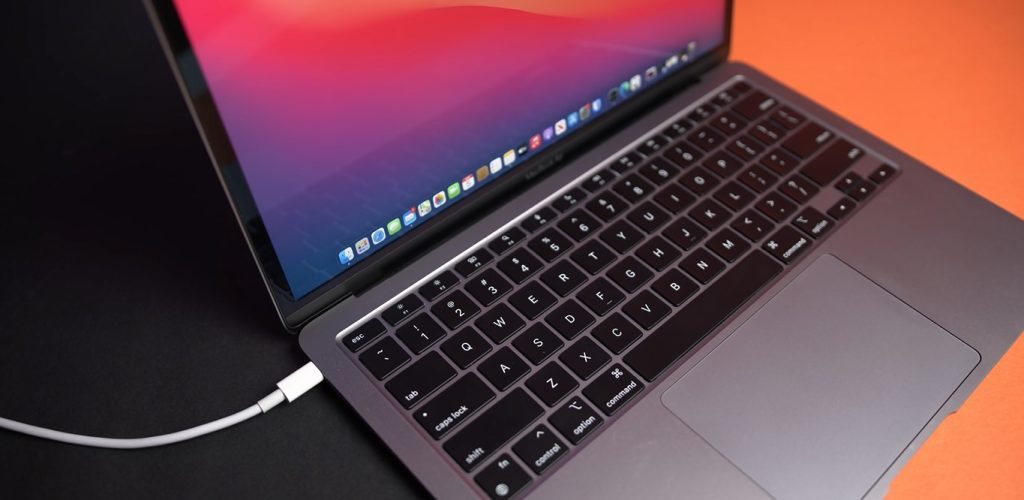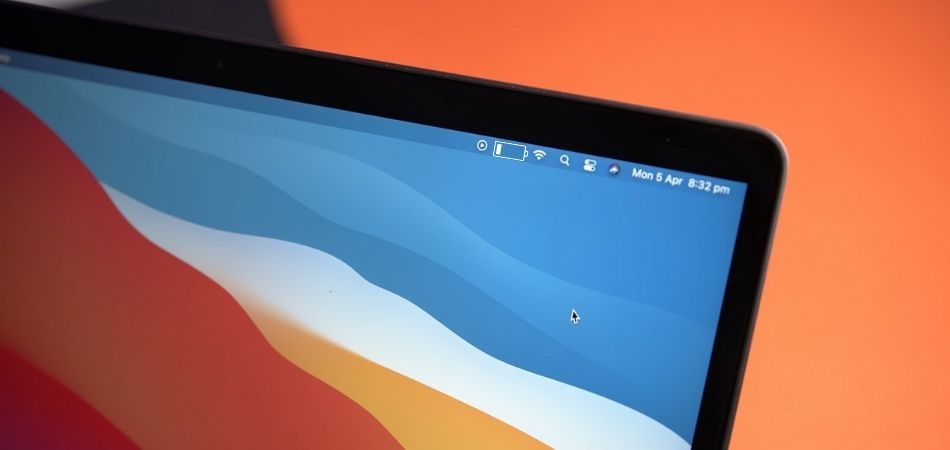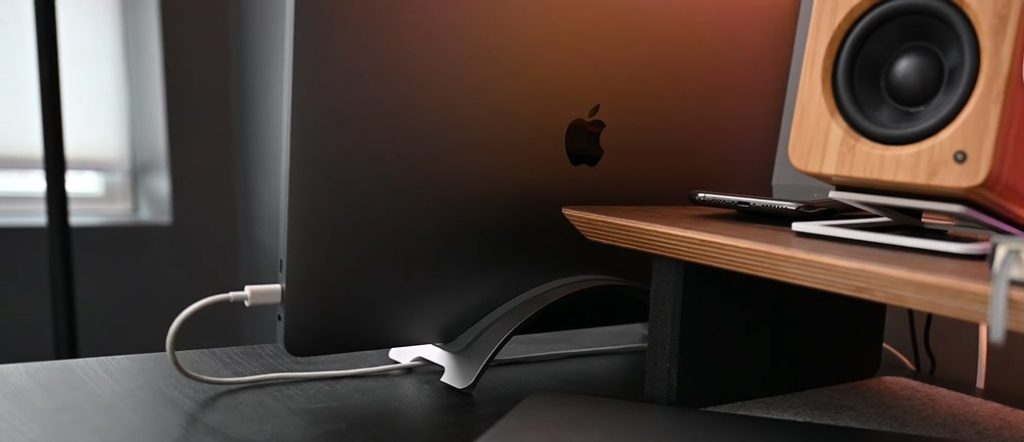MacBook has been known for its superior and long battery life for many years. To maintain the incredible performance of your MacBook battery, you need to know when and how to charge it properly. There are several misconceptions surrounding MacBook batteries, one being – when should you charge your notebook battery to ensure its longevity?
Generally, it is recommended that you charge your MacBook Pro once the battery level drops below 40% of its maximum capacity. Most importantly, it would help if you didn’t let your battery get fully depleted or drop below 20%.
Surprisingly, no official manufacturer documentation states how or when you should charge your MacBook Pro’s battery. Most of these recommendations come from tech analysts and battery experts.
If you have been wondering when to charge MacBook Pro battery, you have come to the right place. We’ve done extensive research here, and we’ll give you a sure answer. Stay with us.
What Is The Proper Way To Charge A MacBook Pro?
Your MacBook Pro battery will automatically recharge in the background when connected to an external power source. Plugin your charger and check the battery icon on the menu bar; it should show the charging status or battery level, as shown below. Once the battery is fully charged (100%), unplug the charging cable and allow your notebook to use battery power.

Depending on the model and your MacBook’s year of manufacture, you’ll charge it using either a mag-safe (magnetic) cable or a USB-C cable. To ensure your MacBook Pro gets sufficient power to charge your battery faster without damage, you should always use the original manufacturer charging power brick and cord that came with the computer.
When To Charge MacBook Pro?
The question of when to charge MacBook Pro has caused a heated debate among MacBook users for a long time. As aforementioned, the ideal time to plug your computer back into AC power is when the battery charge has dropped to anywhere between 40% and 20% of its maximum capacity.
While there is no official Apple documentation on when exactly you should charge your MacBook Pro/Air, some users prefer to charge their devices when the battery level gets to 10%. Lithium-ion battery experts recommend not letting your battery drain beyond 20% and not charging to 100%. You can recharge your battery to 80% or 90% of the maximum capacity.

It’s pretty simple to reduce the life expectancy of a Lithium-ion battery on your MacBook Pro. These batteries don’t like it when they’re totally charged or completely depleted.
However, with the new technology, your MacBook takes care of this. When the power indicator reads 100%, it isn’t, and it isn’t continually charging your battery if you keep it plugged in. Additionally, when your MacBook shuts down due to a low battery, it does so before the battery is completely depleted. This way, your MacBook’s battery life is protected.
How Long Does It Take To Charge A MacBook Pro?
Like any other laptop battery, MacBook Pro batteries hold a charge for a certain period. This depends on its manufacturing, battery age, and use. So, how long does it take to charge a MacBook Pro? On average, MacBook Pro charging time is approximately 2 hours.
However, some significant factors come into play, including battery capacity, charger power rating, and if it’s the first time charging the device. It might take longer than 2 hours, usually at least 3 hours.
It’s important to know that your MacBook Pro is powered by a lithium-ion battery. These batteries charge in two ways – trickle charge and fast charge.
When your MacBook battery is completely drained, the charger will fast charge your battery and bring it up to 80% full capacity in roughly one hour. After that, it changes to trickle charging, reducing the charging amperage and voltage until your battery is fully charged. This second stage takes an additional two hours.
What Percentage Should You Charge A MacBook?
Most MacBook users get confused about battery health and charge cycles. Should you completely drain your battery before charging? And, should you always charge it to maximum charge capacity?
Lithium-ion batteries are best charged at between 20 and 40 percent for optimal battery health. Also, most importantly, you should not use it to complete depletion (0%) or charge to maximum capacity (100%). These levels can significantly affect your battery’s performance in the long run.
If you use an older model MacBook with a nickel-based battery, you don’t have to worry about what percentage you should charge it since they perform better if completely drained and then charged again. This isn’t the case with Lithium-ion batteries in newer MacBook models.
Lithium-ion batteries are excellent and can be charged or discharged at different percentages. Nevertheless, you shouldn’t drain them to 0% as it translates to one full charge cycle.
See Also: Why Does My Mac Charger Get Hot?
How To Properly Charge A MacBook?
It really doesn’t matter what MacBook you are using; whether a Pro or Air, a model from 2014, or the newer M1 chip 2021 model, you want to preserve and get the most out of your battery. You can only achieve this through proper charging of your MacBook battery.

If you just bought a new MacBook, Apple recommends charging it 100% before using it. To charge your notebook’s battery, use the MagSafe port on the older models or any of the USB-C/ Thunderbolt ports on the newer models.
Always use the manufacturer-provided charger. If you have a replacement charger, ensure it provides the correct voltage and power rating. Excess power or voltage will eventually damage your battery, computer, or both.
Here is a step-by-step procedure of how to properly charge a MacBook Pro:
- Step 1: Open your laptop and click on the Apple logo in the top left corner of the menu bar.
- Step 2: Navigate to [System Preference] and click on the battery option.
- Step 3: Click to select the [Optimized battery charging] option. Check the battery health at the bottom-right section of the screen. Here you can monitor your battery health and usage if a pop-up emerges.
- Step 4: You can also check the [Manage battery longevity] option to optimize your MacBook’s battery peak capacity.
Tips on how to properly charge your MacBook to keep its battery healthy and prolong its life:
- Don’t keep your MacBook plugged in all the time – It might not be possible to “overcharge” your battery by keeping it plugged in all through, but you may overheat or damage other computer components. Ideally, it would be best to run your battery cell down to 20% and then charge it back to around 80% for the best performance.
- Do not expose your MacBook to high temperatures – It’s relatively common knowledge that high temperature is bad for such devices. If you notice your MacBook is heating while you’re charging, unplug the charger and shut it down. Let it cool down for a few minutes before turning it ON again.
- Turn on optimized charging – As explained above, Apple devices can use this feature to monitor your device usage patterns intelligently and regulate battery charging behavior, thus protecting your battery from damage.
Frequently Asked Questions
Have more queries in your mind then have a look at the following FAQ section, and you’ll get the answers to most of your queries.
[faq-schema id=”2514″]
Final Thought
Like other laptop batteries, MacBook batteries are designed to hold a charge for a few hours before charging again. A MacBook battery should last at least three years of daily use if properly used. Always use the correct charger to charge your MacBook and never let your battery drain to 0%.
After reading this article, we hope you found answers regarding when and how to charge your MacBook Pro properly. If you have any further questions, don’t hesitate to write them down in the comment section below. Keep in mind that newer versions of macOS monitor and manage your MacBook’s battery in a highly sophisticated manner.
There’s not much you can do to reduce or negatively affect the life expectancy of your notebook’s battery. So, use your MacBook Pro without worrying about how and when to charge it.
